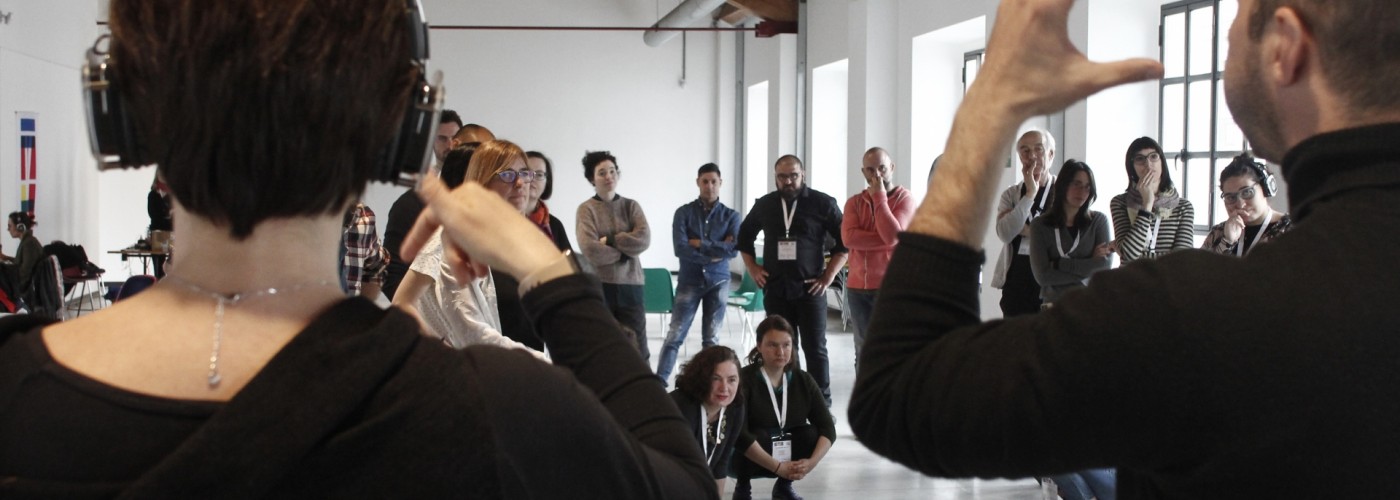
Language can be seen as a political concept, a social compass and a backbone of the cultural democracy debate.
Native vs foreign language barriers nourish the exclusion and inclusion patterns deeply rooted in the global art scene. Sign language is still far from being recognised as an autonomous language and as a cultural expression, which belongs to its territory as much as the “spoken” national languages. The “upper” vs “lower” language dichotomy is still a feature strongly inherent in the art communication, more striving day by day. Given this, can one claim that art belongs to everyone and creates spaces for an equal dialogue?
Our Satellite in Milan, organised in partnership with Fattoria Vittadini and in parallel of the Festival del Silenzio, was a place to discuss the never-ending renegotiation of what are the linguistic codes of accessing, mastering and owning the arts, and most importantly - who holds the right to define and redefine those. We looked at the various barriers that art and culture often adopt, embody and even empower. We explored the inclusion concept beyond accessibility, and attempted to find honest answers to the questions of power and representation in the arts and the role of language in their formation.
Nine working sessions allowed our participants to get familiar with sign languages culture, to explore the role of translation in revealing the reality of our exchanges and to get a good grasp of the elements that define a language. Each evening before attending the performances presented in the framework of the Festival del Silenzio, our participants had the opportunity to gather at the Aperisign, an aperitif hour of discovering and learning sign language.
Image in banner: © Massimiliano Monnecchi
